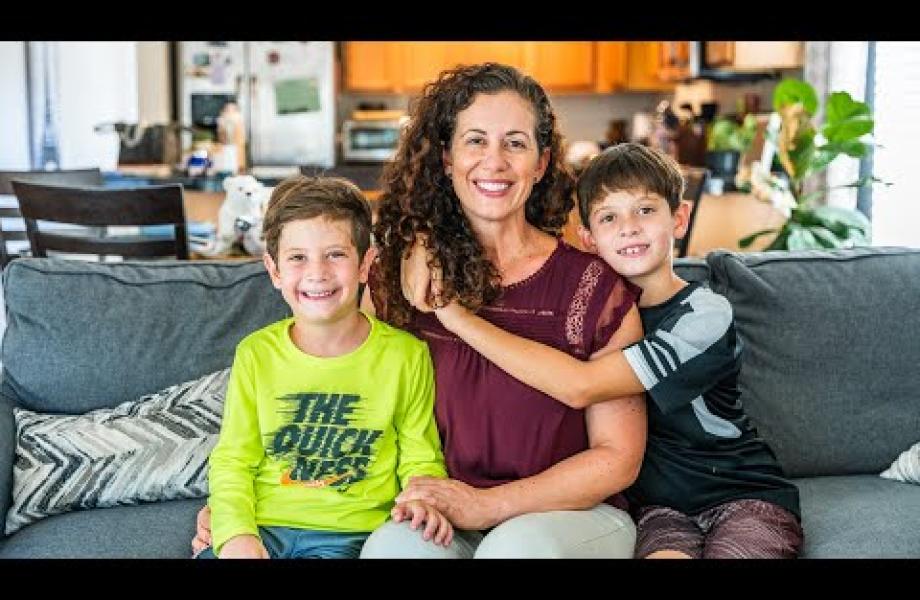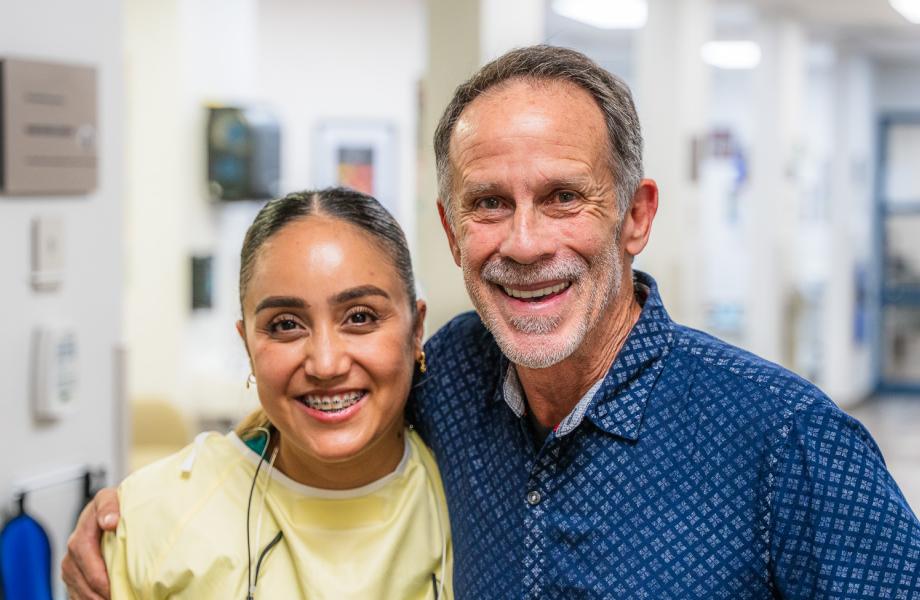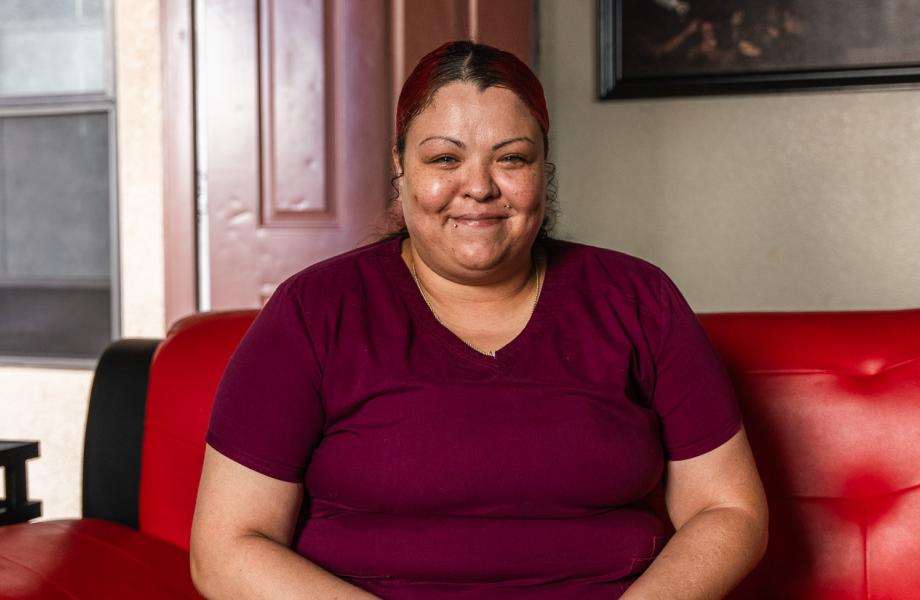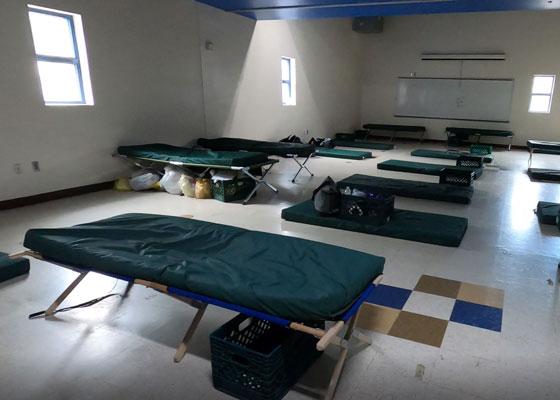
9 questions answered about requested shelter bed increase downtown
In the middle of constant change and adaptation brought about by the COVID-19 pandemic, there are other pre-pandemic efforts St. Vincent de Paul continues to steadily pursue. Today’s blog highlights one such important effort that deserves not to get lost in the shuffle of pandemic life.
February feels like ages ago, but St. Vincent de Paul began the month feeling the urgent need for more beds for people experiencing homelessness downtown, where the nonprofit has its Phoenix Dining Room on the Human Services Campus (HSC). February brought heightened awareness of street cleanups happening in response to the growing number of tents in the area.
The scenes turned the spotlight on the request the HSC submitted to Phoenix City Council to approve a zoning change that would allow a total of 575 more beds for service providers on or near the campus. The additional beds do not require an expansion of the campus, but instead have providers more efficiently using existing space.
The request is for 375 more beds year-round and 200 emergency beds inside SVdP’s Phoenix Dining Room for overnight shelter relief during extreme weather. City Council will vote on the zoning request later this fall.
In the meantime, the HSC and service partners have created a campaign around the effort called From Street to Home. Chief Program Officer Jessica Berg serves as the SVdP representative in the group leading the effort. We caught up with Jessica to talk about misconceptions and myths, how a bed can set people on a path to permanent housing, and what individuals can do to help alleviate homelessness in our city.
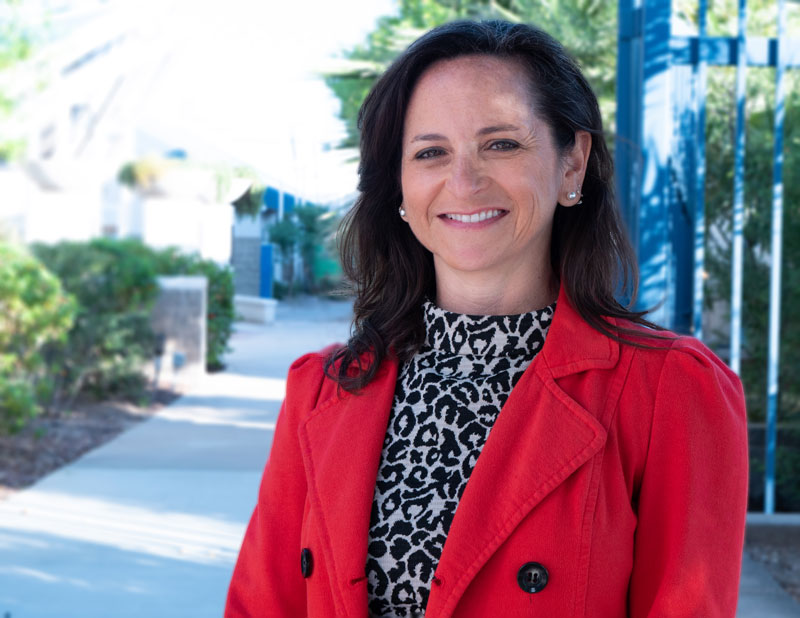
What’s the current the situation and what’s the goal? There are still currently several hundred people living in tents surrounding the HSC. What we’re advocating for is simply bringing people inside, out of alleys, offering them a bit more dignity and connection to resources while at the same time offering a public health and public safety solution for the neighbors.
How did we get here? Over the past 15 years since the HSC opened, Phoenix has blossomed tremendously with more than 200 people a day moving to Maricopa County. Before COVID, we had a strong economy with housing prices soaring, yet wages have remained the same for decades. Demand and lack of housing meant affordable housing was no longer affordable. Homelessness increased across the Valley. But interestingly, since the campus opened in 2005, there have always been about 800-1,000 individuals experiencing homelessness in the downtown area. That number has not changed.
What changed to bring about more tents and people sleeping on the streets downtown? The overflow shelter that used to allow several hundred people gradually reduced numbers and closed after funders shifted money toward permanent housing instead of emergency shelter. That left people who weren’t yet on the path to permanent housing outside and without wider access to an initial first connection point to services. With permission to increase bed capacity, we would have room for most of the folks who are currently in tents outside the campus.
Will more beds attract more people experiencing homelessness downtown? No. We want to be able to serve those who are already there. It’s simply a matter for where they sleep — outside or inside. The HSC solution allows them to sleep inside through service providers on or near campus. Central Arizona Shelter Services has a certificate of occupancy for 700 people, yet they’re only allowed to bring in 425. SVdP has a large dining room that is used during the day and empty at night. That’s where we want permission to bring folks in for extreme weather. And Andre House has the space to open a very low-barrier shelter, where someone can bring a pet, lots of belongings and sleep next to a significant other — freedoms not allowed in other shelters, which may have made people hesitant to go to a shelter in the past.
How do more beds immediately help alleviate homelessness on our streets? A bed is so much more than just a place to sleep. In the immediate, it promotes safety both for individuals and the public. When we leave people out on streets, especially in extreme weather, we risk losing lives. But beyond solving immediate dangers, a bed and shelter brings someone closer to housing — it’s the first step for most people.
How does a bed lead to permanent housing? When you don’t have to worry about where you’ll find safe shelter that night, you can focus on securing an income, stabilizing health and searching for a home. Otherwise, you might spend your whole day trying to figure out where to sleep and how to secure your belongings. Perhaps you have a tent up somewhere, not knowing if you may or may not be asked to move that tent every day. If you want to go get a meal, work a with a case manager, try to get work…you either need to find someone who may or may not be trustworthy to watch your belongings, or take everything with you wherever you go. Or you risk losing everything, which could mean crucial things in getting off the street, like an ID or medication. With shelter, you have more stability, more dignity, more opportunity, more ability to focus on the next step, more chance of getting to the end goal — housing.
Do people ever permanently rely on and live in shelters? No. People don’t stay in shelters forever. Our goal is to wrap services and support around people so we can get them stable and OUT of shelter as soon as possible. SVdP’s transitional shelter serves those who are older or have a disability — those with challenging cases — and our average length of stay is only a few months before folks move on to a better, more permanent housing situation. The average length of stay at Central Arizona Shelter Services on the HSC is even less, with people staying only 39 days, but the majority only stay a couple of weeks. Last year alone, 2,500 people left the Human Services Campus for permanent housing.
Where does this bed increase downtown fall in the grand scheme of solving homelessness in our community? The bed increase downtown is only one piece of a regional solution. It’s a myth that “ALL” those experiencing homelessness are downtown or that the HSC is the only solution for them. Last year, about 6,000 individuals entered the HSC and were assessed through the Coordinated Entry process. An additional nearly 4,000 unduplicated individuals were assessed at the 20 access points across the Valley for the same Coordinated Entry process and never came to the HSC.There are also efforts the HSC partners are involved in to increase shelter, housing, and supportive services throughout the valley — north, west and east. There is no one-size-fits-all solution because what leads someone to homelessness is not one thing. We need a variety of interventions and solutions in a variety of locations.
What can one person do to help make a real difference? There are so many things. But one thing a person can do that costs nothing is look a person experiencing homelessness in the eye, smile and say hello. Don’t let those moments pass without acknowledging their humanity. I’d also ask people to visit www.fromstreettohome.org and learn more about the campaign to increase bed capacity downtown. Please share about the effort on social media, sign the petition, write a letter to the Mayor and City Council.
Homelessness is a community challenge, and it’s not something any one organization, individual or government can fix alone. But together, we can have solutions that create a better community for us all – one where each person can sleep in a bed and hopefully in their very own home one day.
COVID-19 has limited the number of people SVdP can shelter in its Phoenix Dining Room overnight while social distancing. But it’s important that we secure approval now for our maximum bed capacity. This way we can shelter as many people as possible as soon as the pandemic subsides. Help us get people from street to home.


